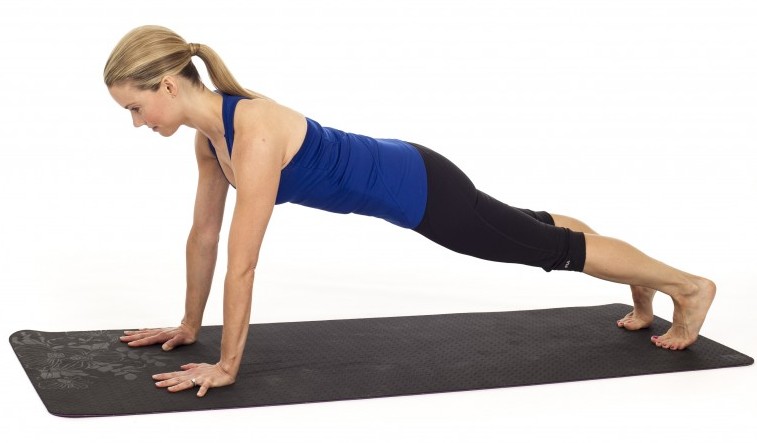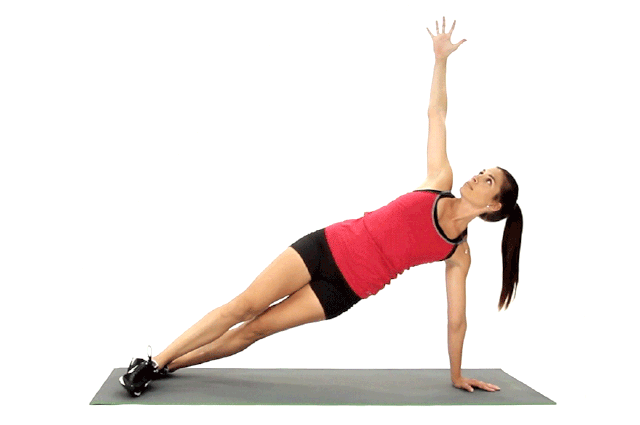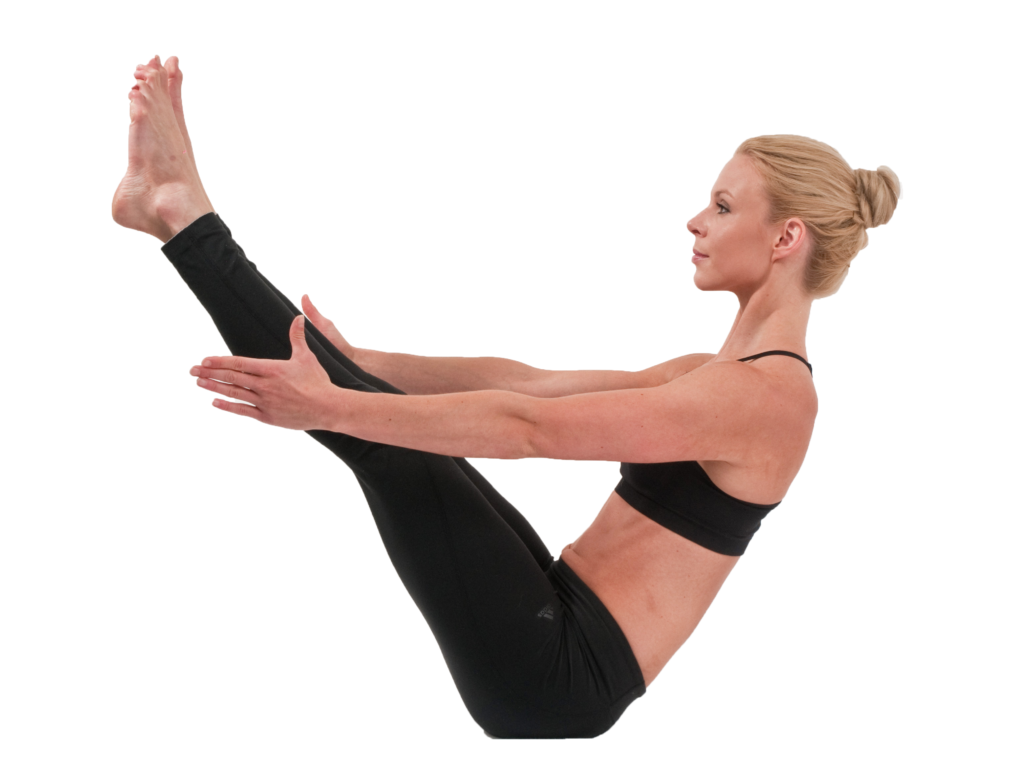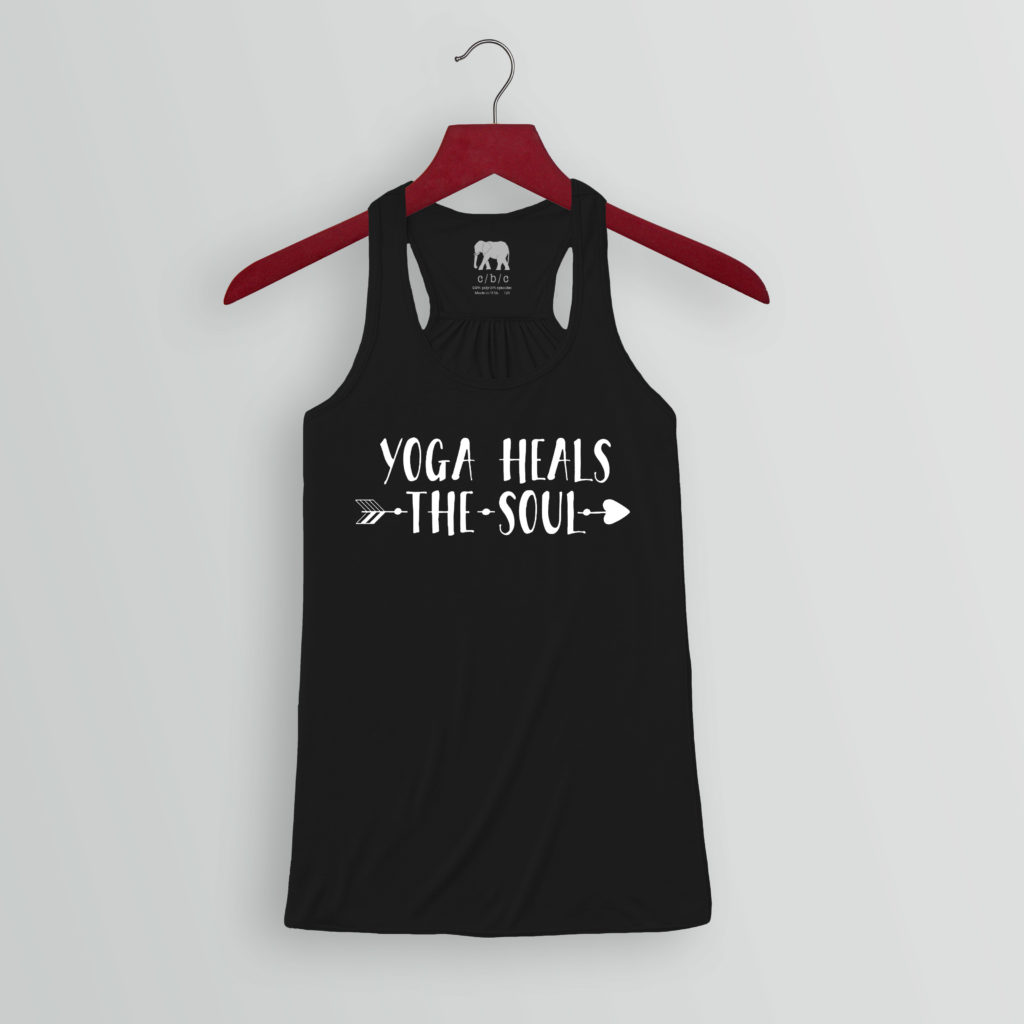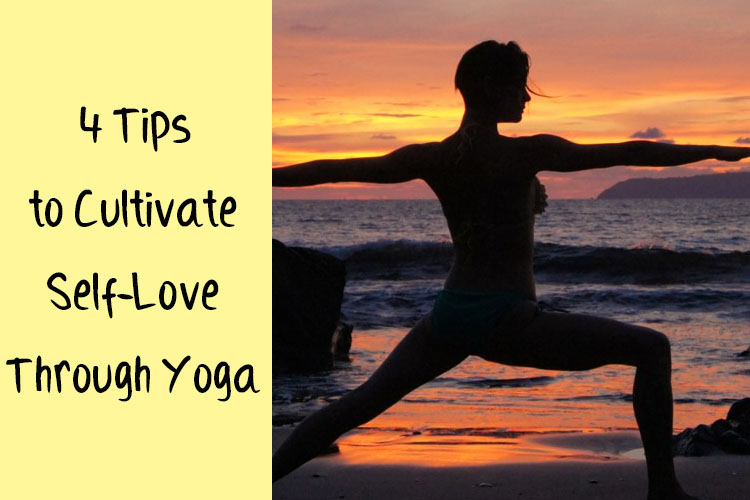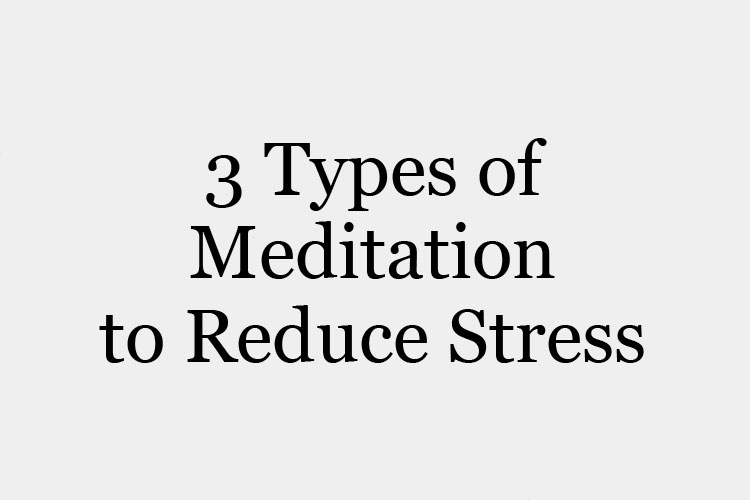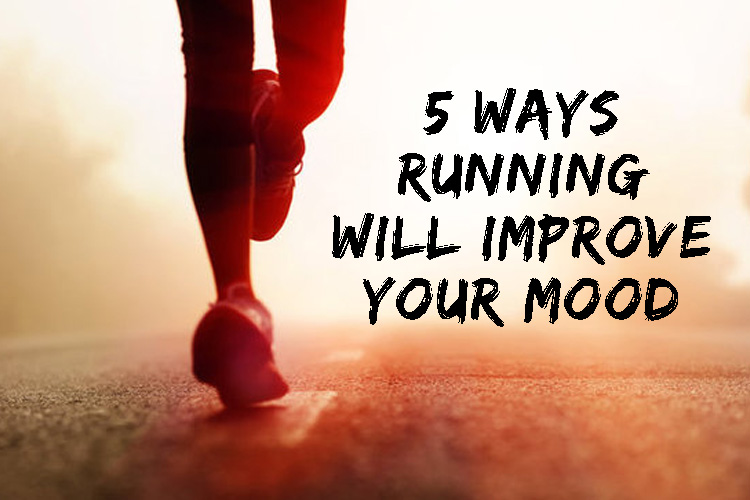
What is Meditation?
Meditation is the practice of focusing one’s mind on a particular object, thought, or activity. This practice is used to help train your attention and awareness. The goal is to achieve a mentally clear and emotionally calm, stable state.
Benefits:
- Reduces Stress
- Controls Anxiety
- Enhances Self-Awareness
- Lengthens Attention Span
- May Reduce Age-Related Memory Loss
- Can Generate Kindness
- May Help Fight Addictions
What is Self Awareness?
Self awareness is an awareness of one’s own personality, individuality, character, feelings, motives, and desires.
Tips During Meditation:
1. Notice the rising and falling sensation your breathe creates in the body.
2. Get comfortable with discomfort. People who meditate often times experience negative emotions. Emotions like anxiety or restlessness might occur while practicing. Rather than trying to resist these emotions, give them your full attention and allow them to come and go. Over time the mind learns to recognize these emotions, but will essentially learn to not getting caught up in negative patterns of thought. This is a skill that can be enormously beneficial not only during meditation, but also in daily life.
3. Take mindfulness with you. Form a clear idea of what you will do next before you finish your practice. Whatever the activity, try to carry mindfulness with you into the next task and essentially throughout the rest of your day.
What is Mindfulness?
Mindfulness is the psychological process of purposely bringing one’s attention to experiences occurring in the present moment without judgment, which one develops through the practice of meditation.
Tips After Meditation:
1. Post meditating, take a moment to notice how you feel physically, emotionally, and mentally. Are you more calm? Does your mind feel more clear? Are you more focused? Soon, you will understand and establish a connection between your meditation practice and how you feel. This will be a positive connection. Meaning, you will notice that you will feel better post mediation.
2. Remind yourself of the benefits of meditation (Reducing stress and anxiety)
3. If you decide not to meditate one day, record your excuses, as for why you have not.
4. Try to get a friend to start meditating, too. An accountability partner can help motivate you for future practice.
5. Understand that meditation takes progress. Mediation isn’t something we ever expect to master or excel at; rather, it’s a life-long skill we are constantly working on day by day.
Types of Meditation:
- Loving-Kindness Meditation- Goal is to cultivate an attitude of love and kindness. This type focuses on sending messages of loving kindness to the world, specific people, or to their loved one. The purpose is to promote feelings of compassion and love, both for others and oneself. It can help those who are affected by anger, frustration, and resentment. The effects are incredible, as this type of meditation can increase positive emotions and can lead to reduced depression, anxiety, and PTSD.
- Mindfulness Meditation- Mindfulness is a form of meditation that urges practitioners to remain aware and present in the moment versus dwelling on the past or dreading the future. Mindfulness encourages awareness of a person’s existing surroundings. It can be done anywhere, while in line at the grocery store, for example, a person might calmly notice their surroundings including sights, sounds, and smells that they experience. This can improve focus, memory, and relationship satisfaction.
- Body Scan Meditation- This type of meditation encourages people to scan their bodies for areas of tension. The goal is to notice tension and to allow it to release. Some forms require people to tense and then relax their muscles. This may help with chronic pain and sleep.
- Breath Awareness Meditation- This type of meditation encourages mindful breathing. Breathe in and out slowly and the purpose is to focus only on breathing.
- Kundalini Yoga- This type of meditation blends movements with deep breathing and mantras. This is done in yoga class.
- Zen Meditation- This type of meditation is a part of Buddhist practice. The goal is to find a comfortable position and to focus on breathing while mindfully observing one’s thoughts without judgement. This is a form of mindfulness meditation, but requires more discipline and practice.
- Transcendental Meditation- This type is where practitioners remain seated and breathe slowly. The goal is to rise above the person’s current state of being. This focuses on a mantra or repeated words. A practitioner might decide to speak “I am not afraid of public speaking”, while meditating.
All of our headbands are made for movement! Don’t forget to sign up for a special discount. Shop our Colorband Twist Collection below!


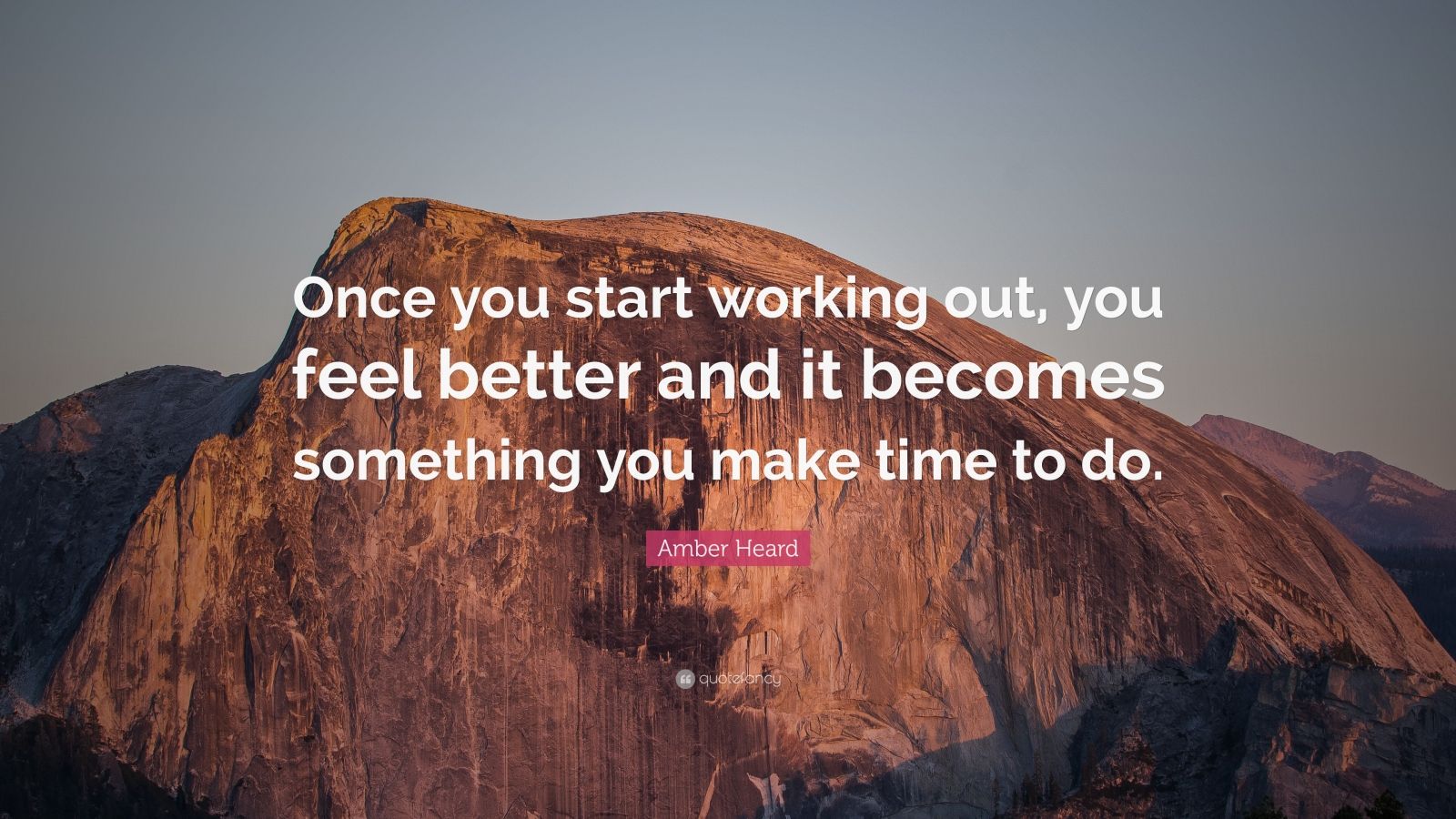
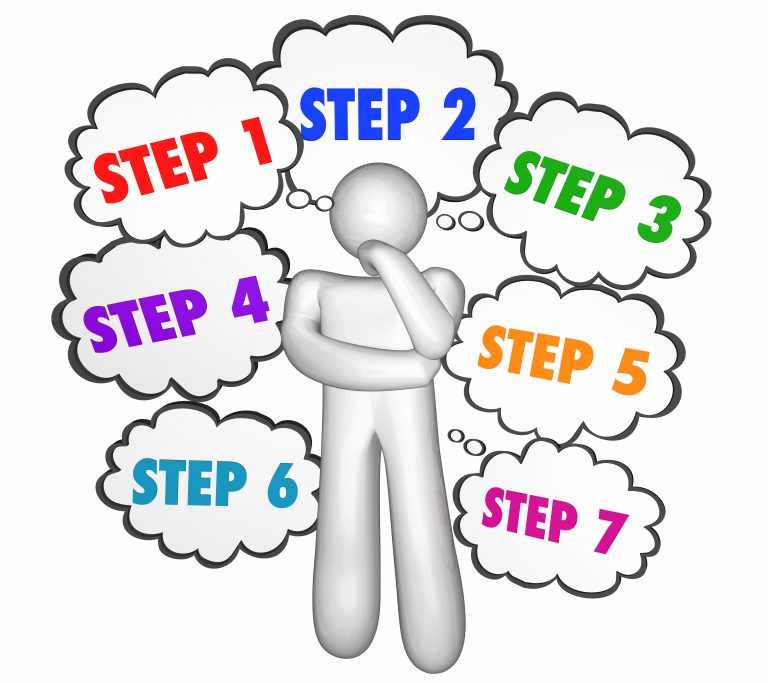
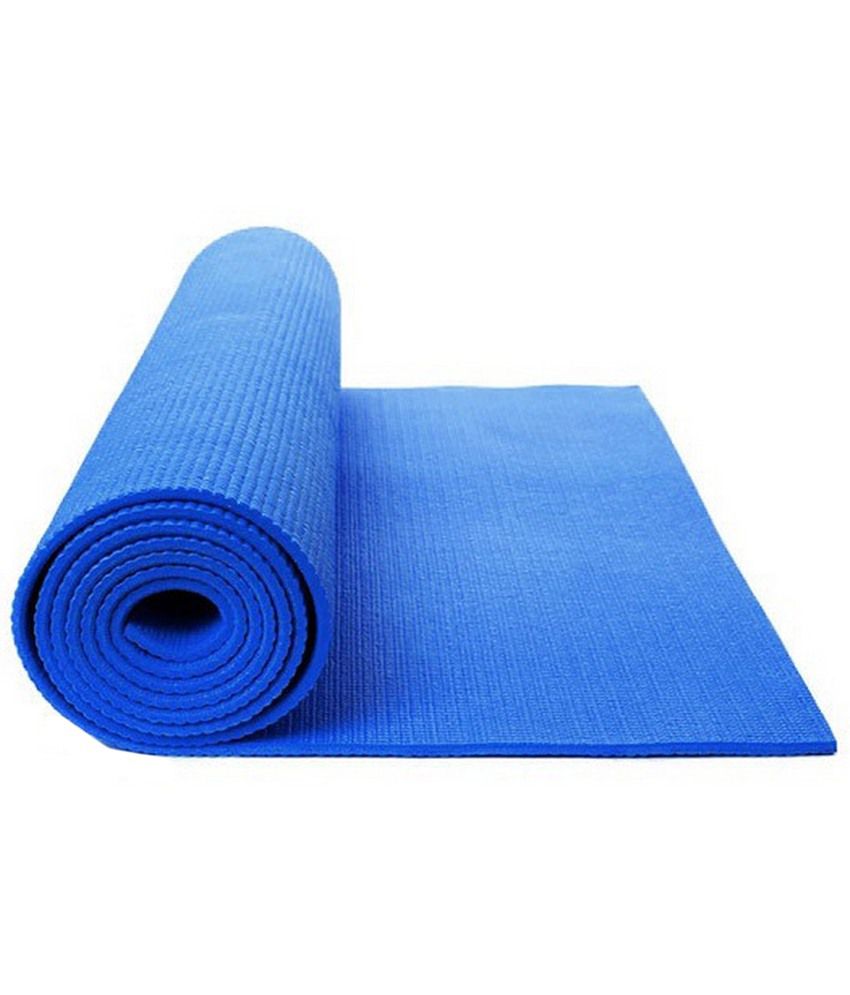





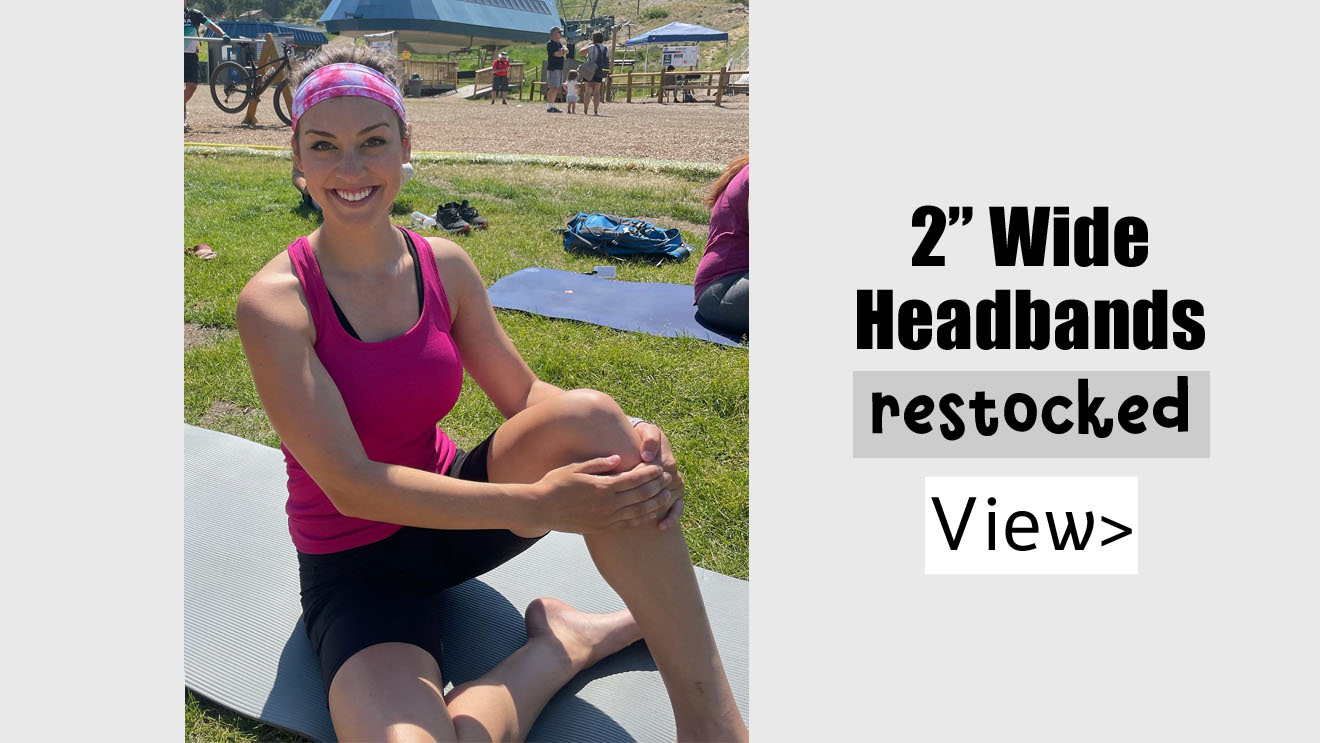









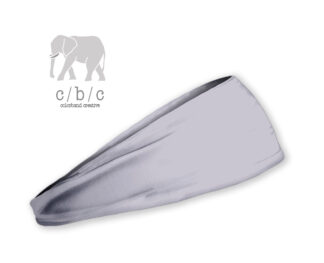

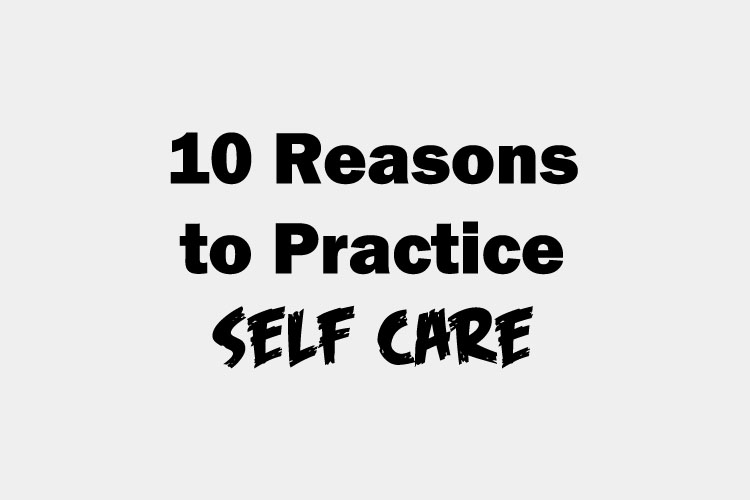
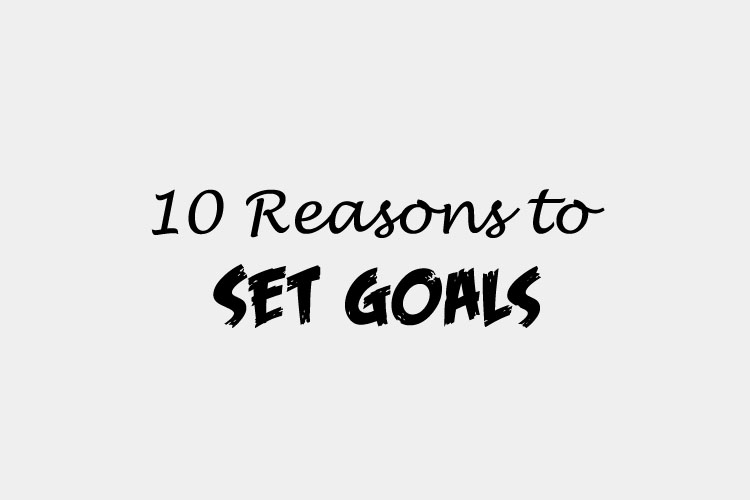
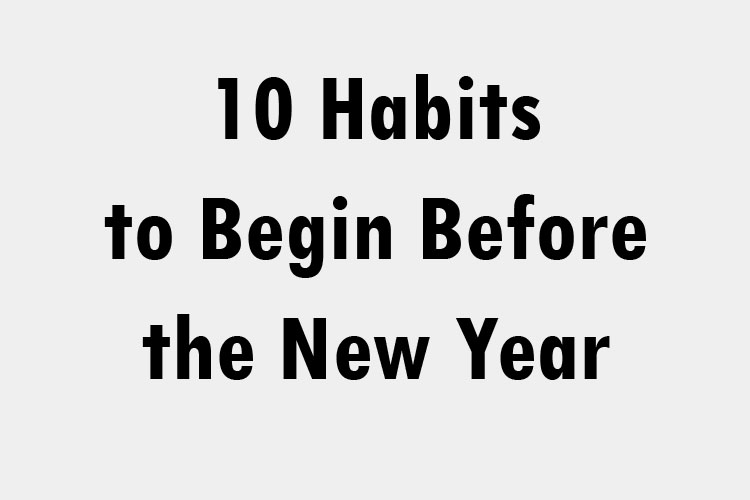
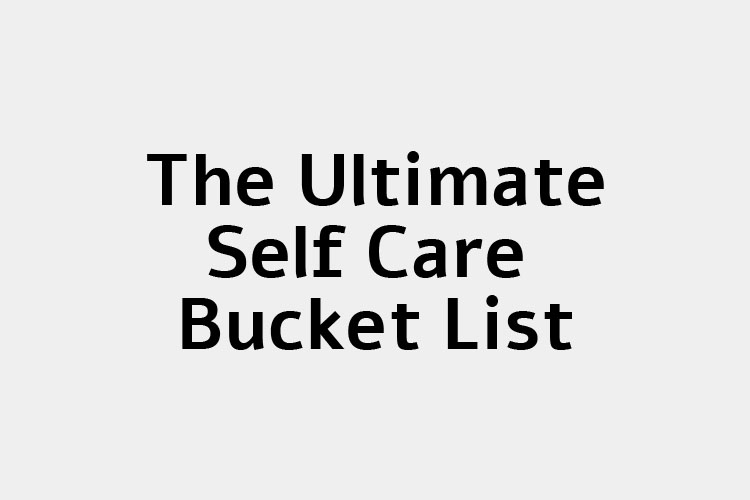


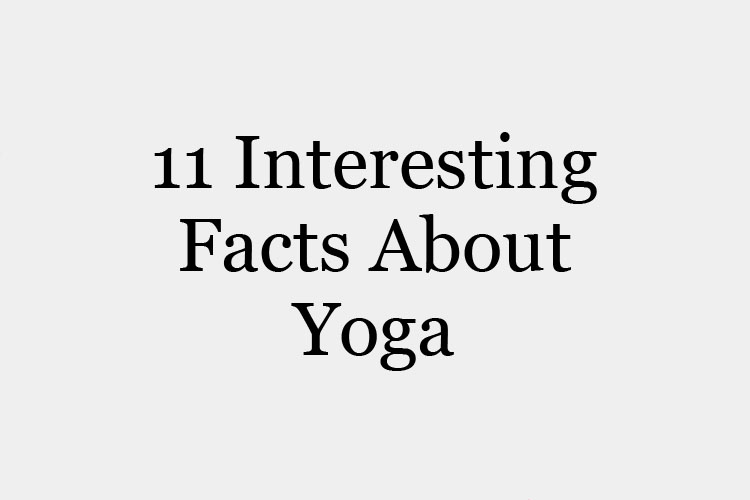
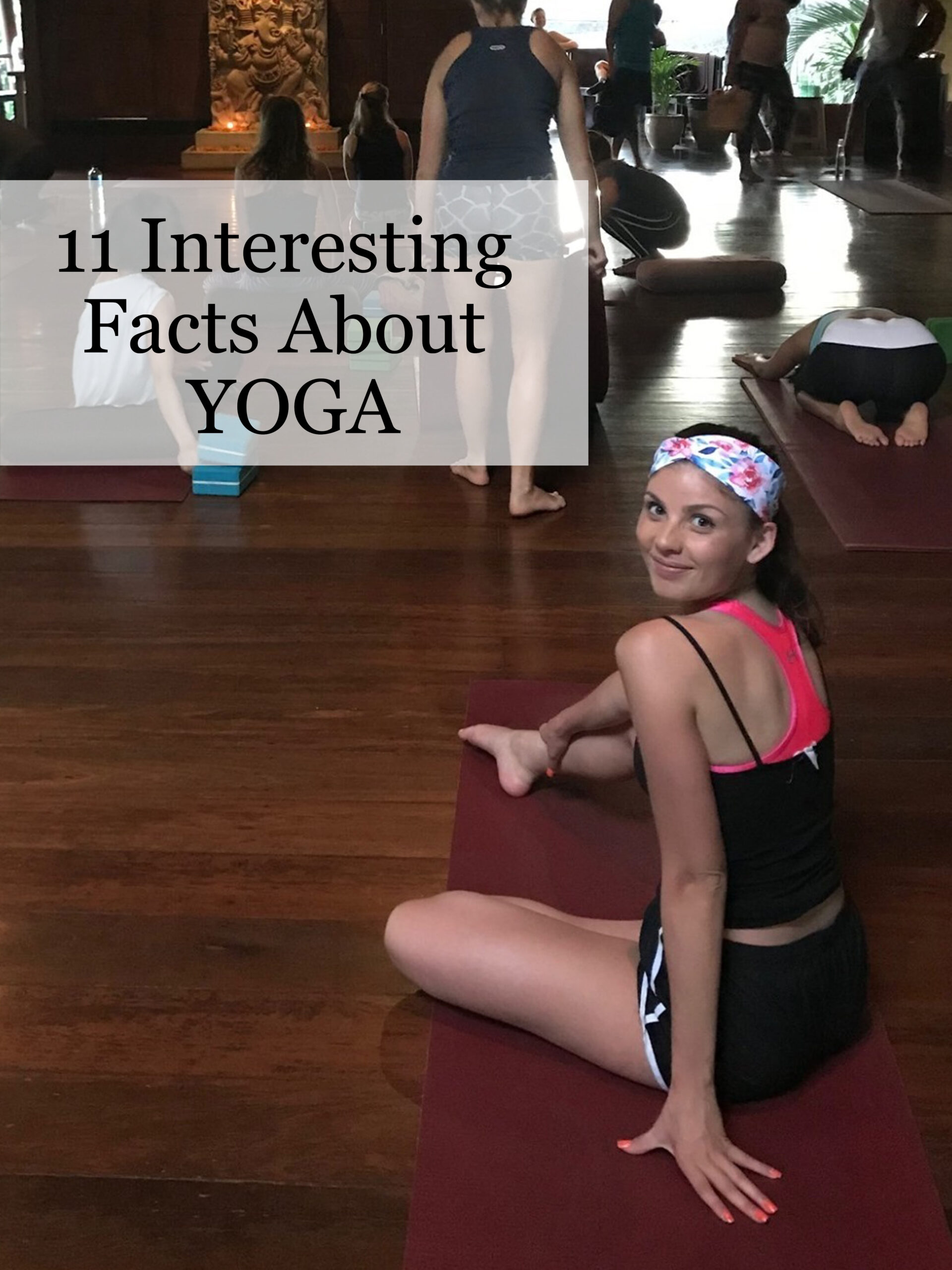









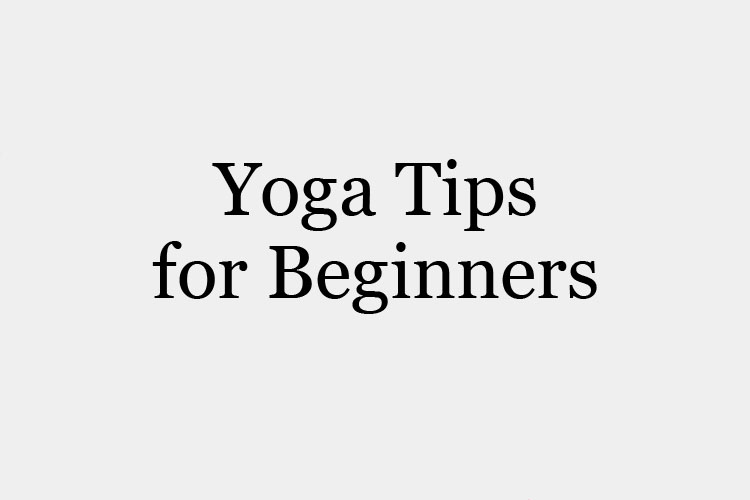


































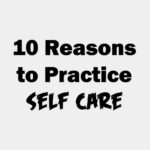

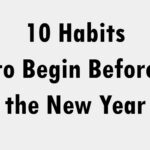
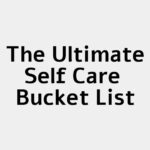









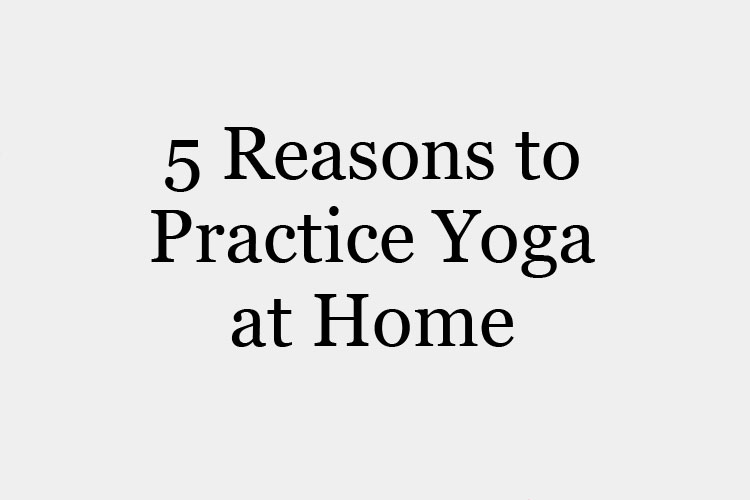

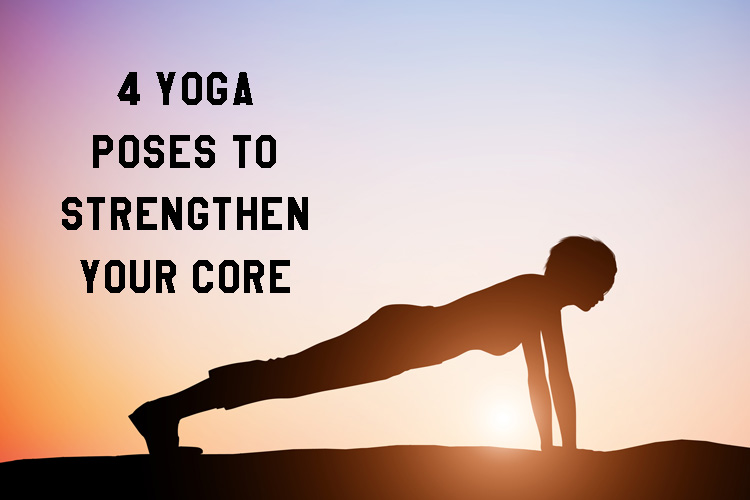 If the usual sit ups and crunches bore you, yoga is a great alternative for core strength, good balance, stability, and posture. Read our top four yoga poses specifically for core strength.
If the usual sit ups and crunches bore you, yoga is a great alternative for core strength, good balance, stability, and posture. Read our top four yoga poses specifically for core strength. 